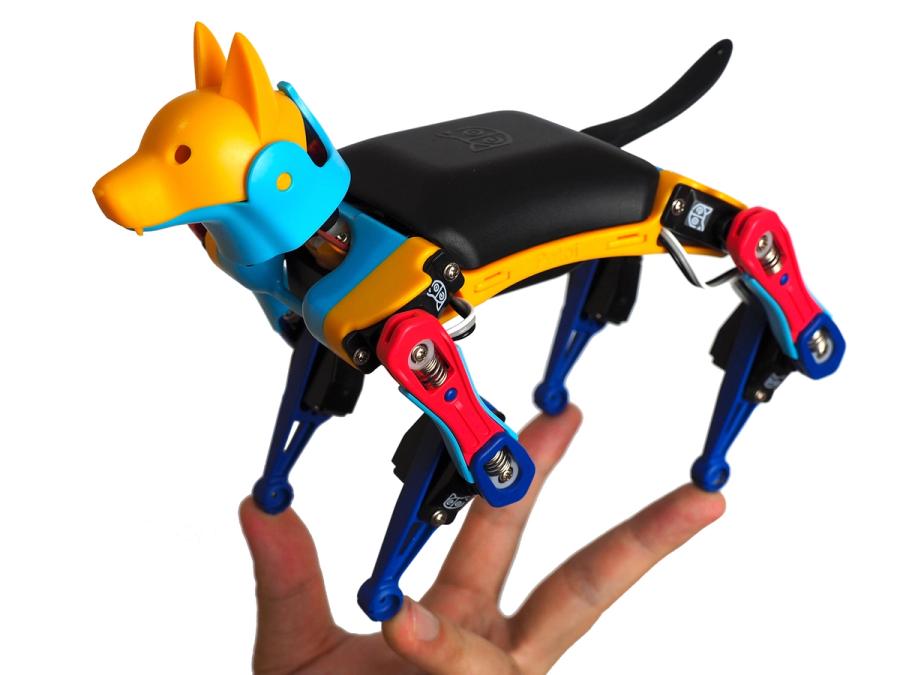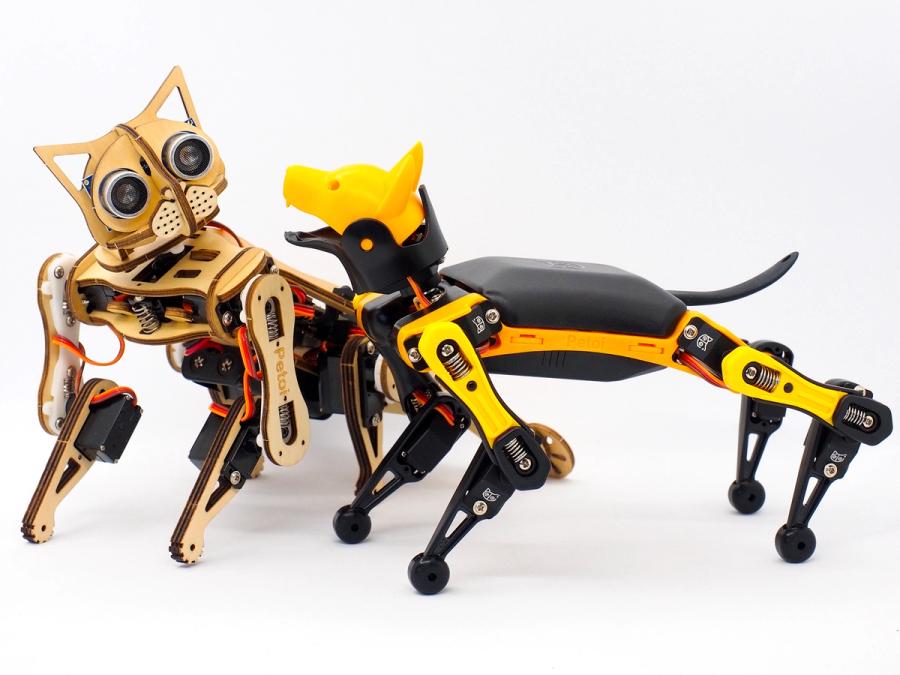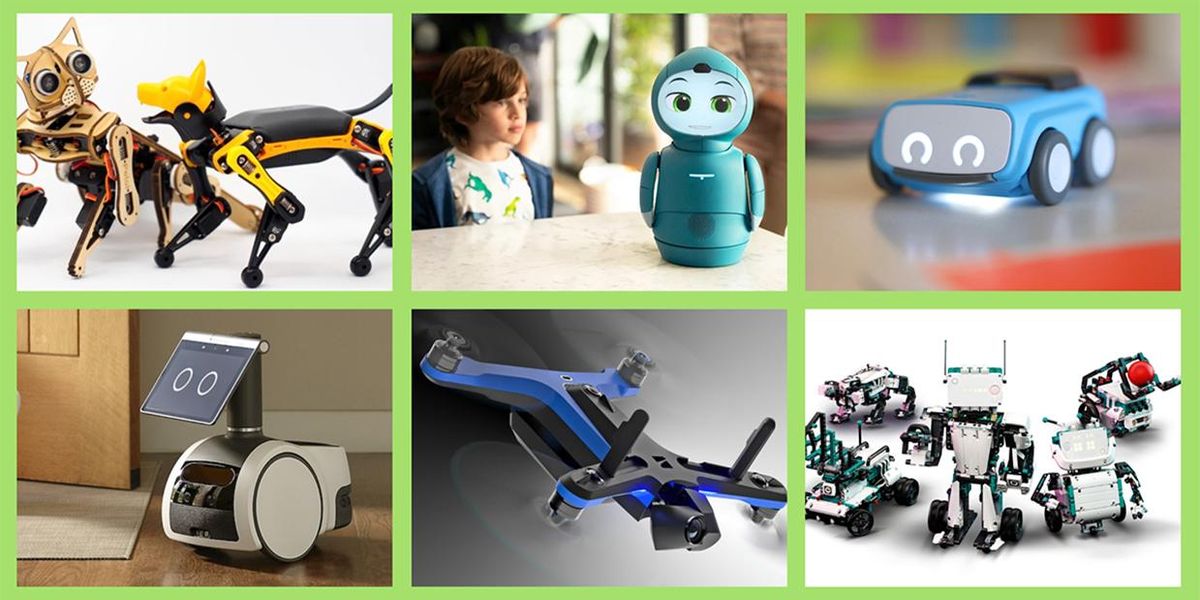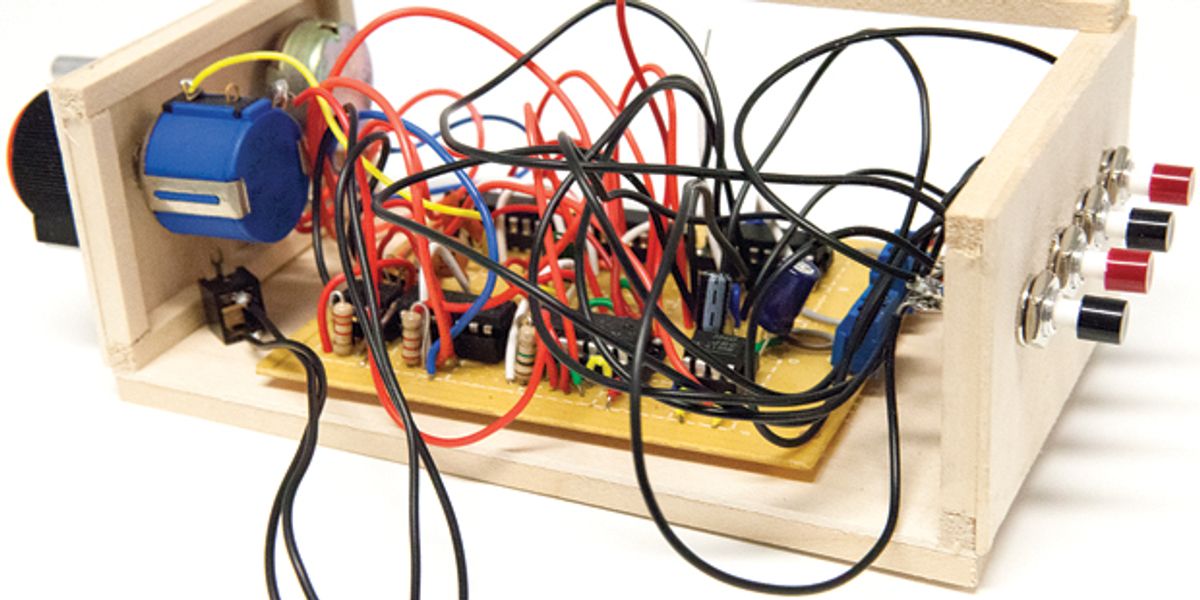Bittle

Bittle is a palm-sized four-legged robot dog designed for hobbyists, students, and educators. You can program it to mimic the behavior and movements of a real dog, like walking, running, and performing tricks. It's open source and can be operated using a computer, smartphone, or controller.
- Creator
- Year
- 2020
- Country
- United States 🇺🇸
- Categories
- Features
Did you know?
Bittle can carry up to 420 grams of payload, or 1.5x its own weight.

History
Bittle was created by Petoi, a robotics company founded by Rongzhong Li that focuses on robots for hobbyists and STEM education.
Before Bittle, Petoi developed Nybble. The project started in 2016, as OpenCat, an open source robotic pet framework. In 2018, Li built a prototype four-legged robot that ran on OpenCat and commercialized it as Nybble.
In 2020, Li developed an even more adorable quadruped, this time based on a dog, that was more robust and agile than previous models. He called the new robot Bittle, and launched the project as a robotics kit on Kickstarter, raising more than U.S. $500,000.
Nybble and Bittle are open source, fully programmable, and controlled by desktop and mobile apps. The robots are based on the Arduino controller board, and their capabilities can be expanded using popular open source hardware such as Raspberry Pi and Arduino-compatible modules to make robots sense and interact with people and objects.
Petoi says it's shipped over 15,000 robots worldwide so far.


Specs
- Overview
Bio-inspired movements, compact, modular. Spring-loaded joints. Supports Arduino modules and Raspberry Pi. Programmable on a Scratch-like environment/C++/Python. Two speeds: 2.16 km/h walking; 3.6 km/h running.
- Status
Ongoing
- Year
2020
- Website
- Width
- 11 cm
- Height
- 18 cm
- Length
- 20 cm
- Weight
- 0.28 kg
- Speed
- 2.2 km/h
- Sensors
Torso with TDK InvenSense MPU6050 6-axis sensor, infrared receiver, joints with potentiometer for position control servos, head with extensible modules, such as light, distance, touch, gesture, intelligent camera, and voice command modules.
- Actuators
9 Petoi digital PWM metal or plastic-geared servos driven by brushed coreless motors.
- Degrees of Freedom (DoF)
- 9 DoF (Neck: 1 DoF; Arm: 2 DoF x 2; Leg: 2 DoF x 2)
- Materials
Injection-molded plastic pieces in a interlocking puzzle style, springs
- Compute
Mainboard with ATmega328P or ESP32 chip for motion control. Compatible with Raspberry Pi as main controller. STM32 chip in each joint's servo.
- Software
Petoi desktop app for Mac/Windows/Linux, Petoi mobile app on Android/iOS, Arduino C++, Python, and ROS.
- Power
7.4V 1000mAh 2S lithium-ion battery pack, 1 hour of continuous walking
- Cost
- US $269 to $339





